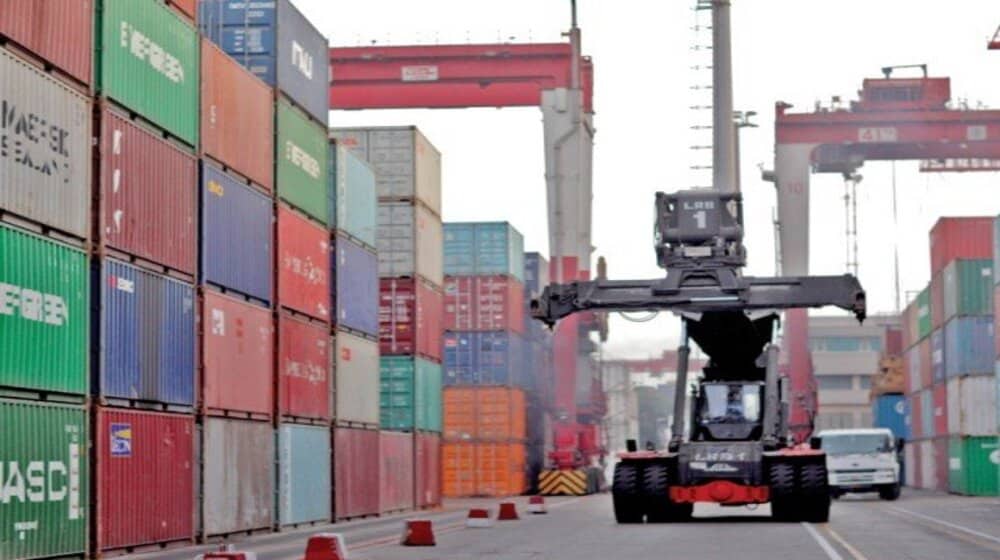ghazi52
PDF THINK TANK: ANALYST

- Joined
- Mar 21, 2007
- Messages
- 101,794
- Reaction score
- 106
- Country
- Location
,.,.,.
HAMBURG: The lowest price offered in the tender from Pakistan to purchase 500,000 tonnes of wheat which closed on Wednesday was believed to be $373.00 a tonne c&f, European traders said in initial assessments.
An estimated eight trading houses were believed to be participating in the tender.
The state agency Trading Corporation of Pakistan (TCP) is still considering the offers and no purchase has been reported, traders said.
Traders said these trading houses submitted offers, with tonnes submitted and prices in dollars a tonne c&f:
==============================
Aston 120,000 $373.00
CHS 125,000 $384.40
Solaris 120,000 $384.91
Falconbridge 120,000 $387.79
Cargill 120,000 $393.00
Ameropa 110,000 $394.00
Agrocorp 110,000 $397.38
Bunge 110,000 $414.15
==============================
Offers must remain valid for 80 hours after submission. All offers involved wheat from several optional origins.
The tender was issued after massive floods in September damaged farmland and crops, sweeping away homes, bridges, roads and livestock, causing an estimated $30 billion of damage.
But the country’s last tender on Sept. 30 ended without a purchase in thin participation due to uncertainty about new tender terms, especially a condition compelling a second quality inspection on wheat unloading in Pakistan in addition to the quality inspection in the port of loading.
The new tender is still believed to have a requirement for wheat quality testing at the port of unloading in Pakistan, traders said. But a requirement in the September tender that ships could not unload in Pakistan before the quality testing in Pakistan was completed has been removed, traders said.
Shipment in Wednesday’s tender is sought in 2022 in consignments of at least 100,000 tonnes between Nov. 13-Nov. 18, Nov. 21-Nov. 26, Nov. 29-Dec. 4, Dec. 7-Dec. 12 and Dec. 15-Dec. 20. Shipments must be organised so that all wheat arrives in Pakistan by Jan. 10, 2023.
HAMBURG: The lowest price offered in the tender from Pakistan to purchase 500,000 tonnes of wheat which closed on Wednesday was believed to be $373.00 a tonne c&f, European traders said in initial assessments.
An estimated eight trading houses were believed to be participating in the tender.
The state agency Trading Corporation of Pakistan (TCP) is still considering the offers and no purchase has been reported, traders said.
Traders said these trading houses submitted offers, with tonnes submitted and prices in dollars a tonne c&f:
==============================
Aston 120,000 $373.00
CHS 125,000 $384.40
Solaris 120,000 $384.91
Falconbridge 120,000 $387.79
Cargill 120,000 $393.00
Ameropa 110,000 $394.00
Agrocorp 110,000 $397.38
Bunge 110,000 $414.15
==============================
Offers must remain valid for 80 hours after submission. All offers involved wheat from several optional origins.
The tender was issued after massive floods in September damaged farmland and crops, sweeping away homes, bridges, roads and livestock, causing an estimated $30 billion of damage.
But the country’s last tender on Sept. 30 ended without a purchase in thin participation due to uncertainty about new tender terms, especially a condition compelling a second quality inspection on wheat unloading in Pakistan in addition to the quality inspection in the port of loading.
The new tender is still believed to have a requirement for wheat quality testing at the port of unloading in Pakistan, traders said. But a requirement in the September tender that ships could not unload in Pakistan before the quality testing in Pakistan was completed has been removed, traders said.
Shipment in Wednesday’s tender is sought in 2022 in consignments of at least 100,000 tonnes between Nov. 13-Nov. 18, Nov. 21-Nov. 26, Nov. 29-Dec. 4, Dec. 7-Dec. 12 and Dec. 15-Dec. 20. Shipments must be organised so that all wheat arrives in Pakistan by Jan. 10, 2023.



